4-MALEIMIDOBUTYRIC ACID
Synonym(s):γ-Maleimidobutyric acid;4-Maleimidobutanoic acid;N-(3-Carboxypropyl)maleimide;N-Maleoyl-4-aminobutyric acid;N-Maleoyl-GABA
- CAS NO.:57078-98-5
- Empirical Formula: C8H9NO4
- Molecular Weight: 183.16
- MDL number: MFCD00043139
- EINECS: 611-461-8
- SAFETY DATA SHEET (SDS)
- Update Date: 2023-05-25 10:28:25
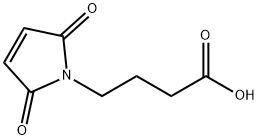
What is 4-MALEIMIDOBUTYRIC ACID?
Description
4-(2,5-dioxo-2H-pyrrol-1(5H)-yl)butanoic acid contains a maleimide group and a terminal carboxylic acid. The terminal carboxylic acid can react with primary amine groups in the presence of activators (e.g. EDC, or HATU) to form a stable amide bond. The maleimide group will react with a thiol group to form a covalent bond, enabling the connection of biomolecule with a thiol.
Chemical properties
White Solid
The Uses of 4-MALEIMIDOBUTYRIC ACID
4-Maleimidobutyric Acid is a short crosslinking reagent.
The Uses of 4-MALEIMIDOBUTYRIC ACID
- A short crosslinking reagent
- Modification reagent for thiol groups in proteins
- Maleimide Derivatives
- MTS & Sulfhydryl Active Reagents
What are the applications of Application
4-Maleimidobutyric Acid is A bifunctional crosslinking agent
Properties of 4-MALEIMIDOBUTYRIC ACID
| Melting point: | 95-98 °C |
| Boiling point: | 400.1±28.0 °C(Predicted) |
| Density | 1.395±0.06 g/cm3(Predicted) |
| storage temp. | 2-8°C |
| solubility | Chloroform (Slightly), Ethyl Acetate (Slightly), Methanol (Very Slightly) |
| form | Solid |
| pka | 4.59±0.10(Predicted) |
| color | White to Pale Yellow |
| BRN | 1455876 |
| CAS DataBase Reference | 57078-98-5(CAS DataBase Reference) |
Safety information for 4-MALEIMIDOBUTYRIC ACID
| Signal word | Warning |
| Pictogram(s) |
 Exclamation Mark Irritant GHS07 |
| GHS Hazard Statements |
H315:Skin corrosion/irritation H319:Serious eye damage/eye irritation H335:Specific target organ toxicity, single exposure;Respiratory tract irritation |
| Precautionary Statement Codes |
P261:Avoid breathing dust/fume/gas/mist/vapours/spray. P264:Wash hands thoroughly after handling. P264:Wash skin thouroughly after handling. P271:Use only outdoors or in a well-ventilated area. P280:Wear protective gloves/protective clothing/eye protection/face protection. P302+P352:IF ON SKIN: wash with plenty of soap and water. P305+P351+P338:IF IN EYES: Rinse cautiously with water for several minutes. Remove contact lenses, if present and easy to do. Continuerinsing. |
Computed Descriptors for 4-MALEIMIDOBUTYRIC ACID
New Products
Tert-butyl bis(2-chloroethyl)carbamate (S)-3-Aminobutanenitrile hydrochloride N-Boc-D-alaninol N-BOC-D/L-ALANINOL 3-(2,4-Dimethoxybenzyl)dihydropyrimidine-2,4(1H,3H)-dione 7-Bromo-1H-indazole N-octanoyl benzotriazole 3,4-Dibenzyloxybenzaldehyde 4-Hydrazinobenzoic acid Electrolytic Iron Powder Fmoc-Val-Cit-PAB 1,1’-CARBONYLDIIMIDAZOLE R-2-BENZYLOXY PROPIONIC ACID 4-HYDROXY BENZYL ALCOHOL 1,1’-CARBONYLDI (1,2-4 TRIAZOLE) S-2-CHLORO PROPIONIC ACID (2-Hydroxyphenyl)acetonitrile 4-Bromopyrazole 5-BROMO-2CYANO PYRIDINE 5,6-Dimethoxyindanone 5-broMo-2-chloro-N-cyclopentylpyriMidin-4-aMine 1-(4-Methylphenylsulfonyl)-1H-1,2,3-benzotriazole 1-(2-Chlorobenzyl)-4-nitro-1H-pyrazole 1-(2-Nitrophenyl)-4-phenylpiperazineRelated products of tetrahydrofuran
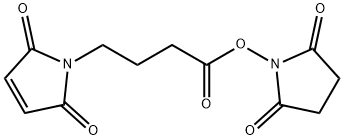
![N-[4-(-Carboxycyclohexylmethyl)]maleimide](https://img.chemicalbook.in/CAS/GIF/64987-82-2.gif)
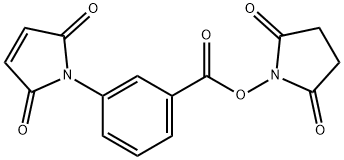
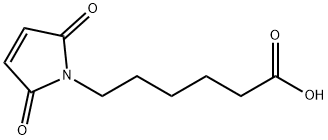
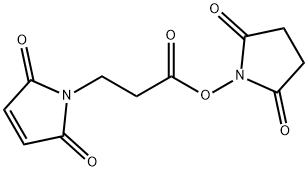
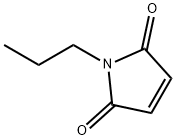

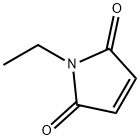
You may like
-
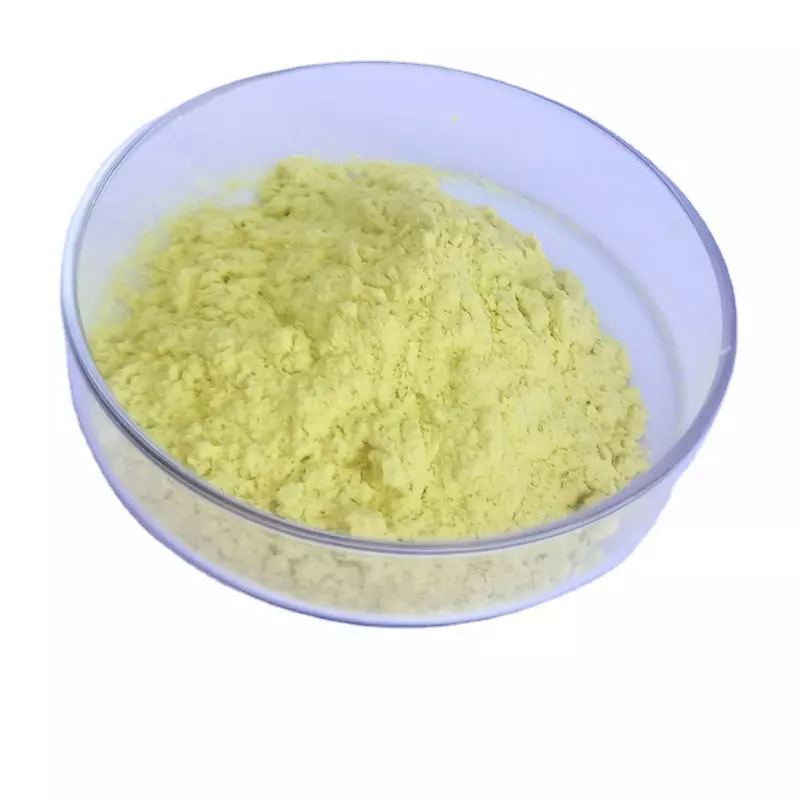 57078-98-5 4-Maleimidobutyric acid 98%View Details
57078-98-5 4-Maleimidobutyric acid 98%View Details
57078-98-5 -
 4-Maleimidobutyric Acid CAS 57078-98-5View Details
4-Maleimidobutyric Acid CAS 57078-98-5View Details
57078-98-5 -
 4-Maleimidobutyric acid CAS 57078-98-5View Details
4-Maleimidobutyric acid CAS 57078-98-5View Details
57078-98-5 -
 Ste-Glu-AEEA-AEEA-OSUView Details
Ste-Glu-AEEA-AEEA-OSUView Details
1169630-40-3 -
 1446013-08-6 Fmoc-His-Aib-OH TFA 98%View Details
1446013-08-6 Fmoc-His-Aib-OH TFA 98%View Details
1446013-08-6 -
 127464-43-1 99%View Details
127464-43-1 99%View Details
127464-43-1 -
 2-ETHYLPYRIDINE 100-71-0 99%View Details
2-ETHYLPYRIDINE 100-71-0 99%View Details
100-71-0 -
 13162-05-5 99%View Details
13162-05-5 99%View Details
13162-05-5
Statement: All products displayed on this website are only used for non medical purposes such as industrial applications or scientific research, and cannot be used for clinical diagnosis or treatment of humans or animals. They are not medicinal or edible.